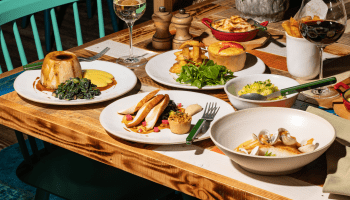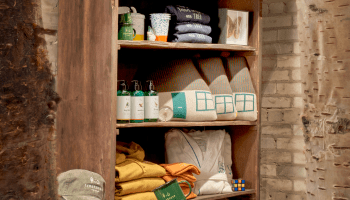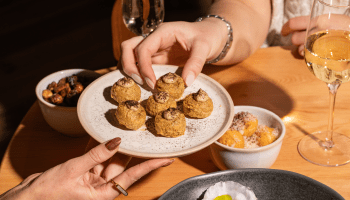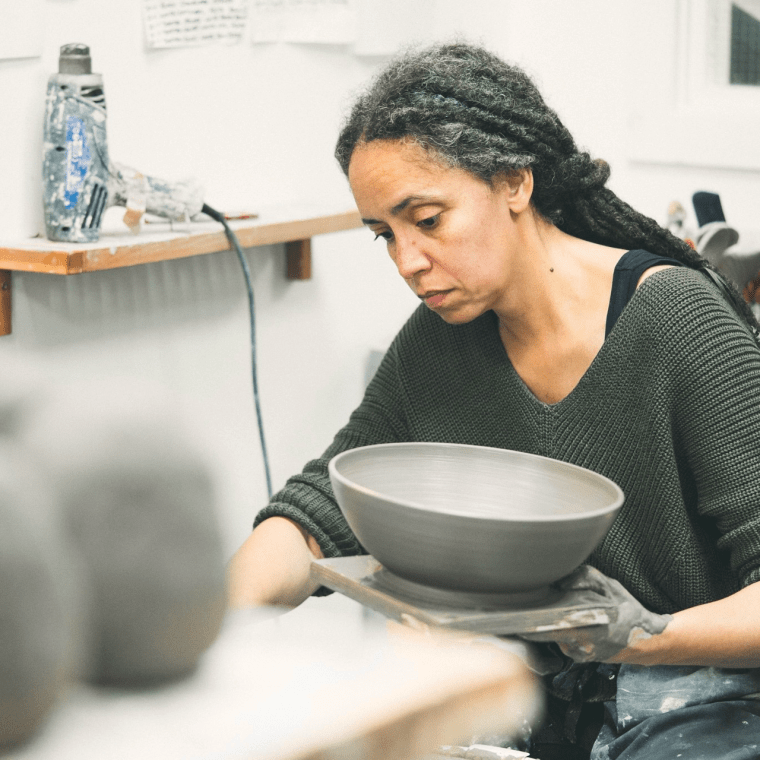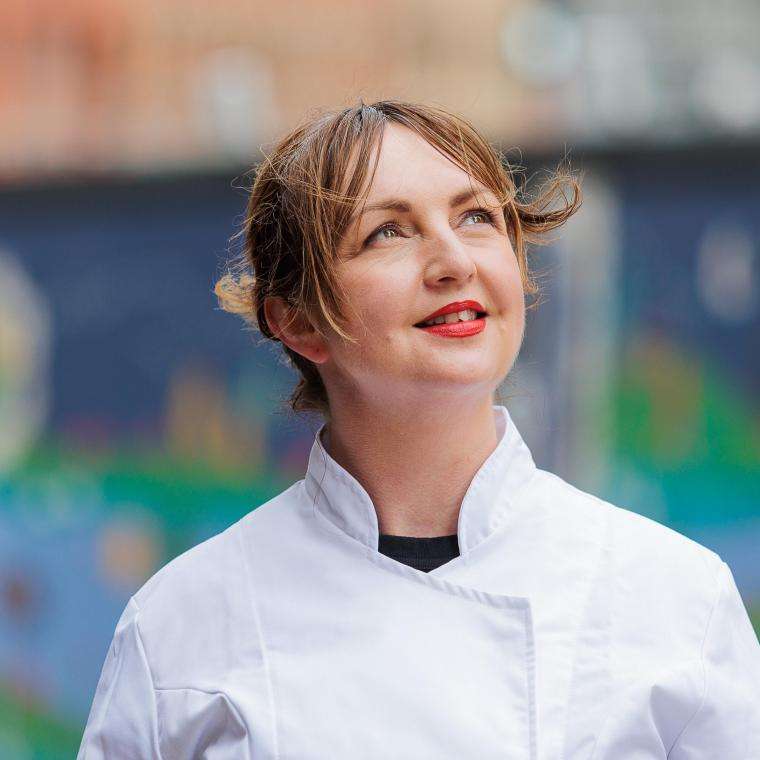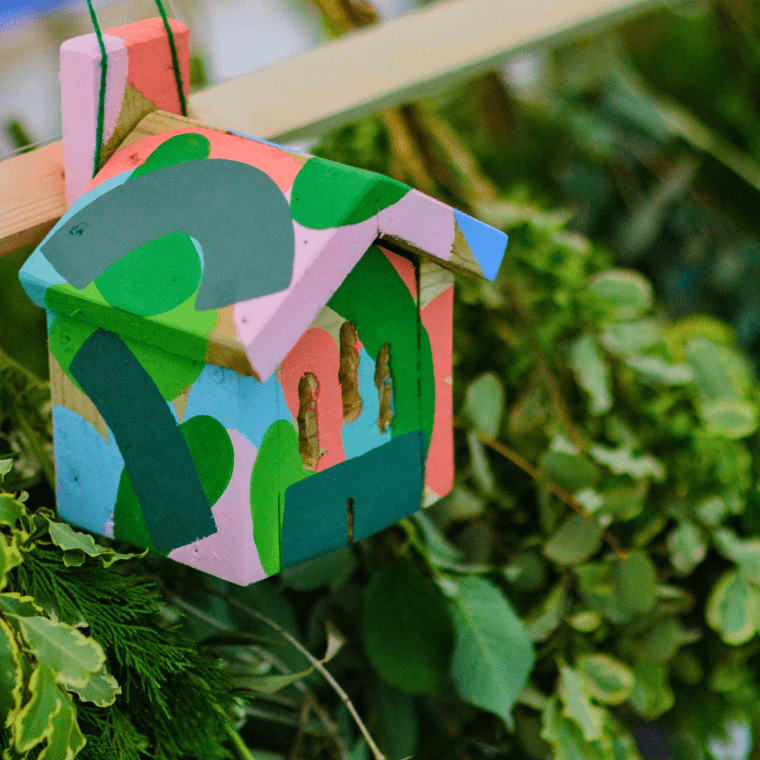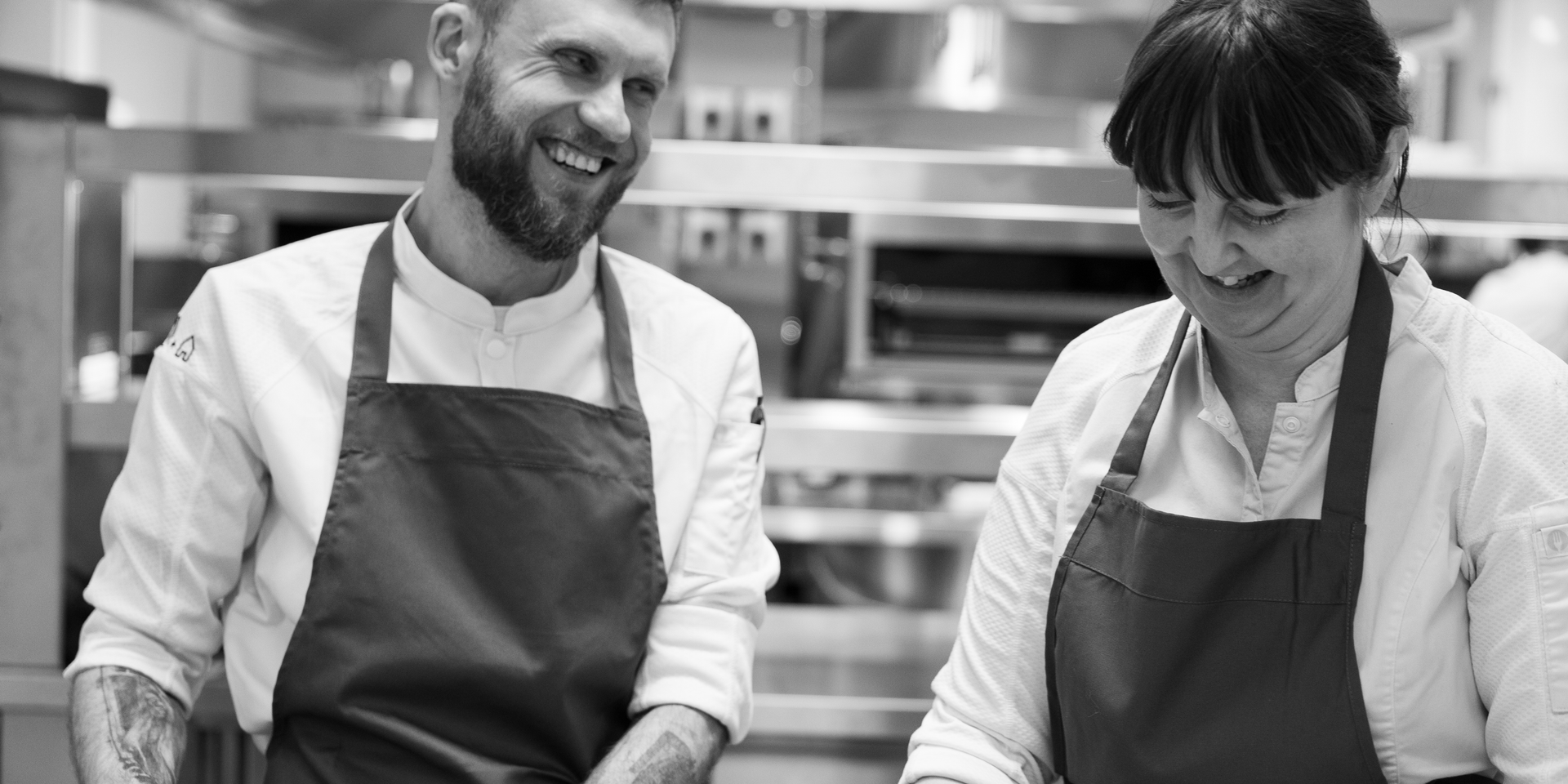
Low-Waste, High Praise: Pip Joins the Michelin Conversation
When Michelin dropped its 16 August additions across Great Britain & Ireland, the call came straight into Pip’s kitchen and suddenly, prep chatter went quiet. For chef-patron Mary-Ellen McTague, the nod isn’t just a milestone; it’s a celebration of cooking that champions soil, season, and second chances. From turning carrot tops into vivid oils to giving a Lancashire hot pot nostalgic yet grown-up layers, Pip proves that playful, low-waste cooking can pack big flavour and now, Michelin sparkle.
Tucked inside the brand-new Treehouse Hotel Manchester, Pip is set to shine even brighter as the seasons (and its zero-waste creativity) roll on. To learn what the recognition means for the road ahead, we sat down with McTague to talk kitchen buzz, her produce-first philosophy, and what’s next for Pip.
Kitchen Table Talk with Chef Mary-Ellen McTague
Pip has just become one of only 16 new UK & Ireland additions to the Michelin Guide this August. Congratulations! What was the energy like in the kitchen when the call came in, and how does this nod affirm (or perhaps reshape) the vision you set when you opened the doors earlier this year?
It felt so brilliant to be able to share the news with the team! They’ve worked so hard to build something consistently good, and this felt like a real vindication of all that effort and intention.
Pip was built around seasonal, low-waste cooking that champions North-West produce. Could you walk me through a recent dish that perfectly captures that philosophy, from the moment you source an ingredient to how it lands on the plate?
We are about to launch our autumn menu in Pip. One of the new desserts is a Pumpkin Custard Slice (known around the globe as a Mille Feuille, but in Northern England it’s a custard slice!) with pumpkin seed brittle, gingerbread ice cream, and candied pumpkin peel. It’s a dish that celebrates our local culinary heritage, and makes use of every part of the pumpkin so nothing is wasted. It celebrates the seasons and is a fun take on a local bakery classic so it encapsulates everything we are about.
Your satisfyingly rich take on Lancashire hot pot has already turned inspectors’ heads. What inspired your re-imagining of this northern classic, and what techniques or ingredients give it that unmistakable ‘Mary-Ellen’ stamp?
The most important thing is the ingredient sourcing. It’s the basis of all good dishes. We work with Marcus of Littlewoods butchers to get the best quality lamb and hogget we can get our hands on, and our organic vegetables come from Organic North wholesalers, so we know the raw ingredients are of the best possible quality. We then employ cooking techniques and recipes I learnt at the Fat Duck to get a refined finish on the dish. As I’m really interested in food & social history and how they intertwine, I have added a nod to this in the form of the oyster ketchup. In Victorian times,, oysters were cheap and plentiful, and so were used to flavour meat dishes instead of salt, which was very expensive.. It’s a Northern English dish and was originally a staple of the working classes, and so for that reason, as well as those listed above, it has a very special place in my heart!
You’ve balanced headline kitchens with community work, from Aumbry and The Creameries to co-founding Eat Well MCR. How have those experiences shaped the culture and hospitality at PIP, and how might Michelin recognition amplify your community mission?
I believe that good quality food is a basic right, and that it should be available to everyone. My work at Pip, and in particular since the Michelin guide addition, gives me a platform from which I can amplify Eat Well MCR, and try to encourage more chefs and restaurants to come on board and support us in our mission of sharing the joy of good food with people facing hardship around our city.
Looking ahead, what evolutions can diners expect, whether it’s new collaborations with local growers, zero-waste cocktails that up-cycle kitchen ‘spent’ ingredients, or tasting formats you’re itching to debut?
We are collaborating with the wonderful ‘Mouse Kingdom Liqueurs’, who are collecting some of our citrus rinds, strawberry hulls, carrot tops, pea pods, and more each week and making incredible drinks and distillates out of them. We’re really excited to see the results and get some drinks on the menu. He’s made a heritage carrot tincture that tastes exactly like plum wine so that may go on a Festive dessert too. There’s lots to play with!
We’re also in talks with local growers to look at adding new varieties to their crop plans for next year- particularly uncommon roots such as Burdock and Chervil Root which are delicious but not often grown for wholesale in this country any more, so that is very exciting.







